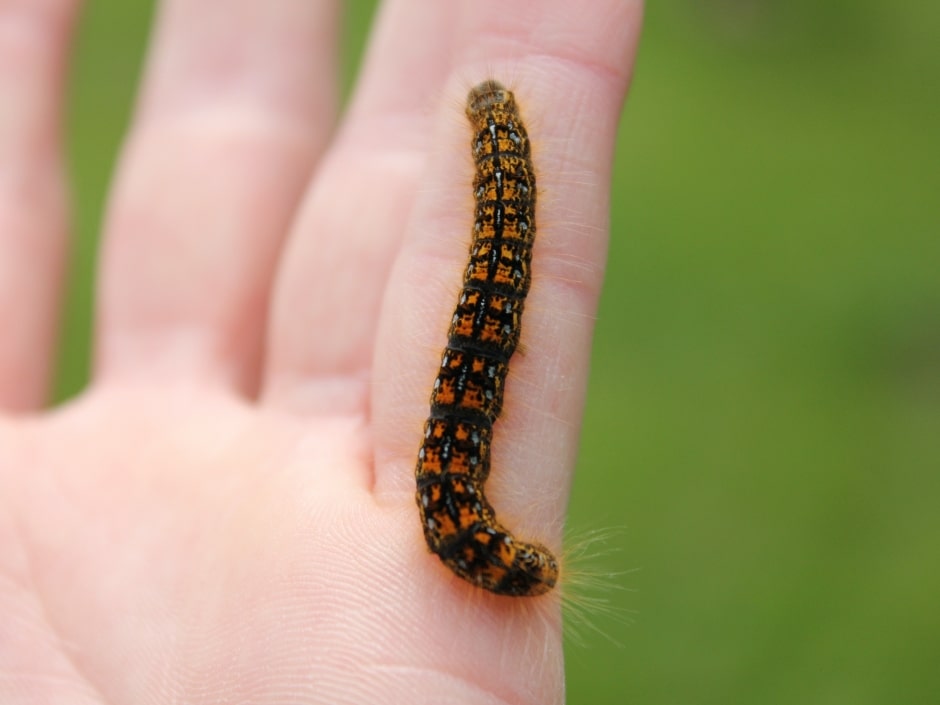Bye-bye Lawn Caterpillars
DIY and how-to

Bye-bye Lawn Caterpillars
If you have unexplained ugly brown patches on your lawn, then chances are good that lawn caterpillars are to blame. Infestations of lawn caterpillars usually peak between January to March every year. The brown patches are caused by the caterpillars gnawing away at your grass during the evenings. During the day they hide between the roots of the grass and they come up to feed on the grass blades at night or on overcast days.
Before you take any action, first make sure that lawn caterpillars are the culprits. You can confirm this by placing an old damp towel over a brown patch in your lawn one evening. Make sure you lift the towel early the next morning. If lawn caterpillars are eating your grass they will be attached to the underside of the towel.
If you do have lawn caterpillars in your garden, make sure you don’t mow the grass too short as this will make the damage more obvious, and you risk burning the roots of the grass where the caterpillars have been feeding.
Next, choose a responsible insecticide which will target the caterpillars, but not harm the many beneficial insects and organisms that live in your grass and soil, like earthworms, for example. Avoid using a broad spectrum insecticide and opt for a biological insecticide instead, such as Grovida Dipel DF Caterpilar Wise or Margaret Roberts Biological Caterpillar Insecticide. Both of these insecticides will kill lawn caterpillars without harming beneficial organisms in your grass or the birds that eat the caterpillars.
You might also like
Shop online
-
- Sale!
MAXI JUNIOR 4KG
- Original price was: R674.99.R539.99Current price is: R539.99.
- Add to cart Learn More
-
SHELF WITH WOOD 76X31X160CM
- R4,439.99
- Add to cart Learn More
-
Lettuce 6-Pack
- R39.99
- Add to cart Learn More




